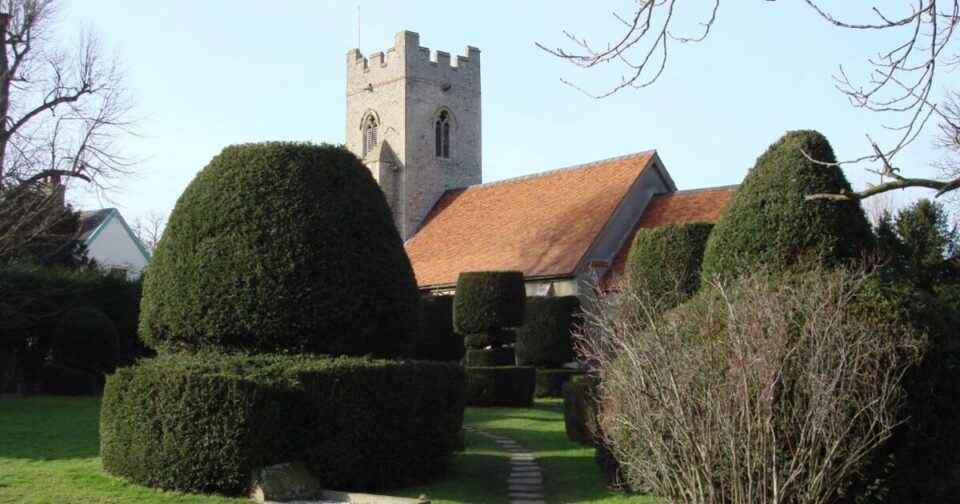Nestled in the Essex countryside, the quiet village of Borley appears like any other quaint county.
But beneath its tranquil exterior lies a chilling reputation that has fascinated ghost hunters and historians for decades.
Often dubbed “England’s most haunted village”, Borley has long been associated with tales of paranormal activity, particularly centred around the infamous Borley Rectory.
When I drove through the village on a cold but sunny winter day, I couldn’t help but feel a sense of unease.
While it was just my mind overthinking the lore I’d heard about Borley, this “blink and you miss it” collection of pretty cottages, church and village hall, had me intruged nonetheless.
The village first gained notoriety in the early 20th century when the rectory, built in 1862, became the focus of eerie happenings.
Strange whispers, ghostly apparitions and unexplained footsteps were reported by the residents, including several rectors and their families.
The most famous of these was Reverend Lionel Foyster and his wife, Marianne, who claimed to have witnessed terrifying poltergeist activity, from objects flying across rooms to cryptic messages appearing on walls.
The stories caught the attention of famed paranormal investigator Harry Price, who conducted extensive research at the site in the 1930s who declared Borley Rectory “the most haunted house in England”.
Tragically, the rectory was destroyed by fire in 1939, but reports of ghostly figures – including a spectral nun and a phantom coach – persisted long after the building’s demise.
While the building no longer stands, Borley remains a point of interest for ghost enthusiasts, with many visitors hoping to catch a glimpse of the supernatural.
The tiny village is also home to Borley Church, an historic Grade I listed building that is best known for its beautifully trimmed topiary walk.
The church is equally as famed for its impressive monument dedicated to Sir Edward Waldegrave, a member of Queen Mary I’s privy council, and his wife.
The Village Hall was originally built as the local school in 1880, but since 1956, it has served as the village hall, providing a vital gathering place for the small rural community of just 49 homes.
While sceptics may dismiss the ghostly stories, the village’s eerie reputation continues to cast a long shadow over its otherwise peaceful landscape. Whether truth or myth, Borley’s haunted past certainly give me chills.
